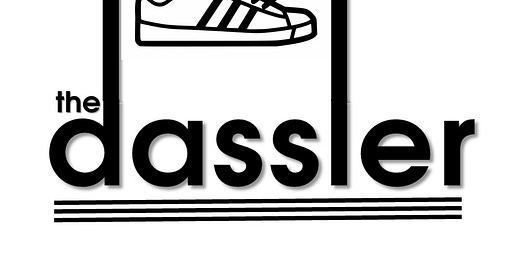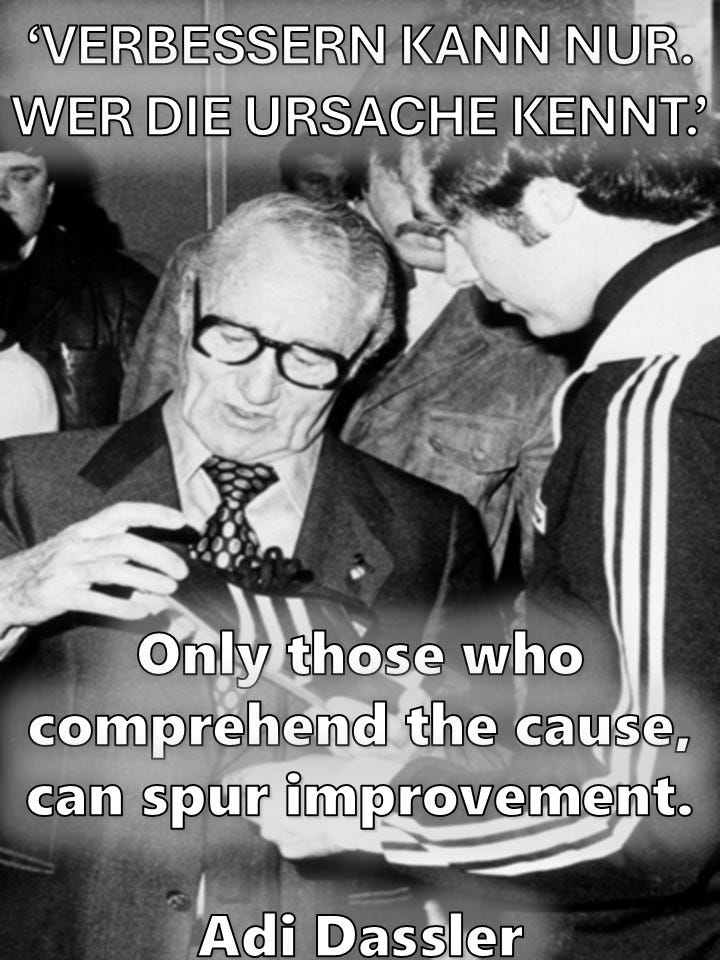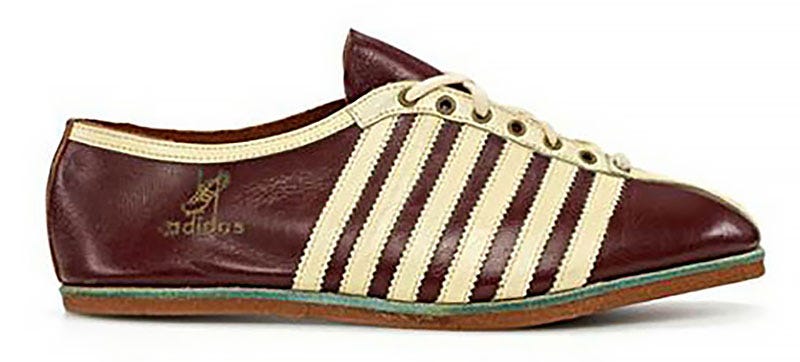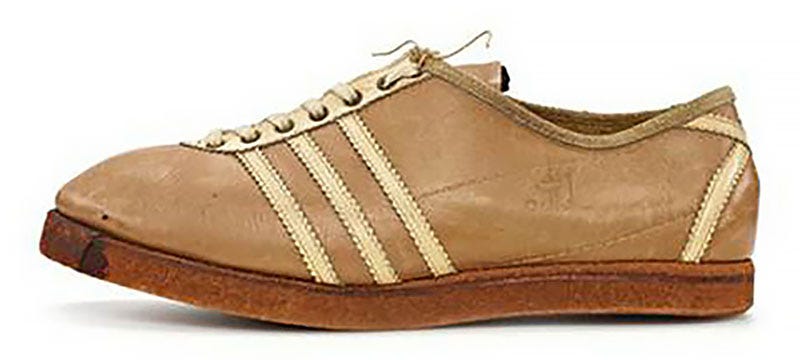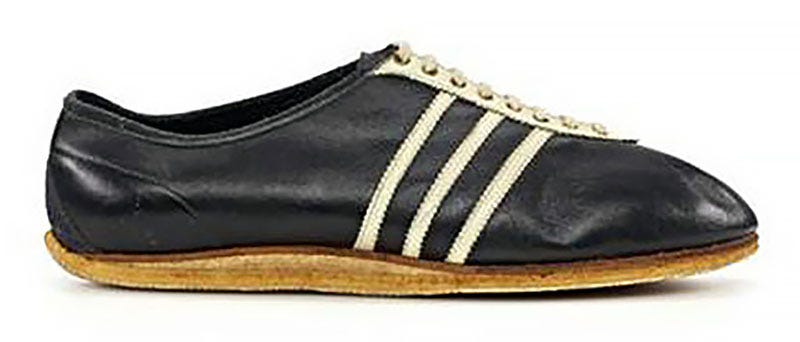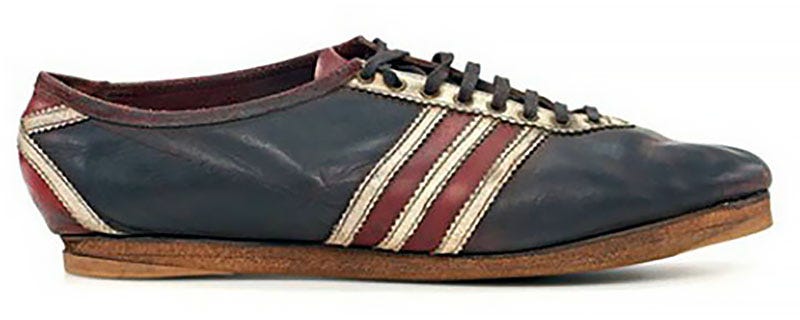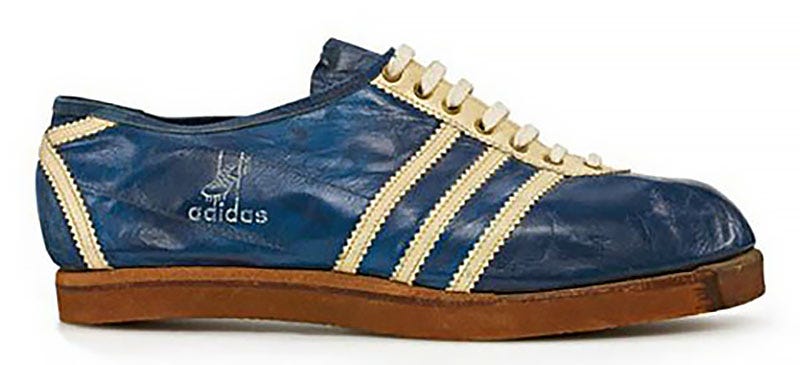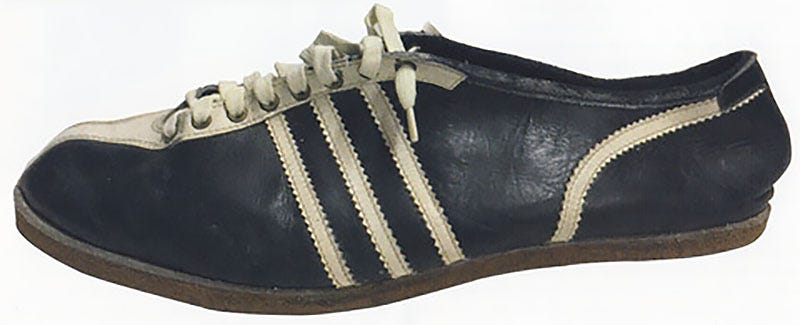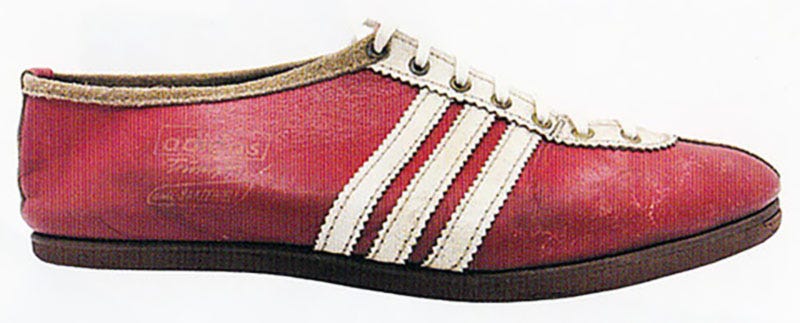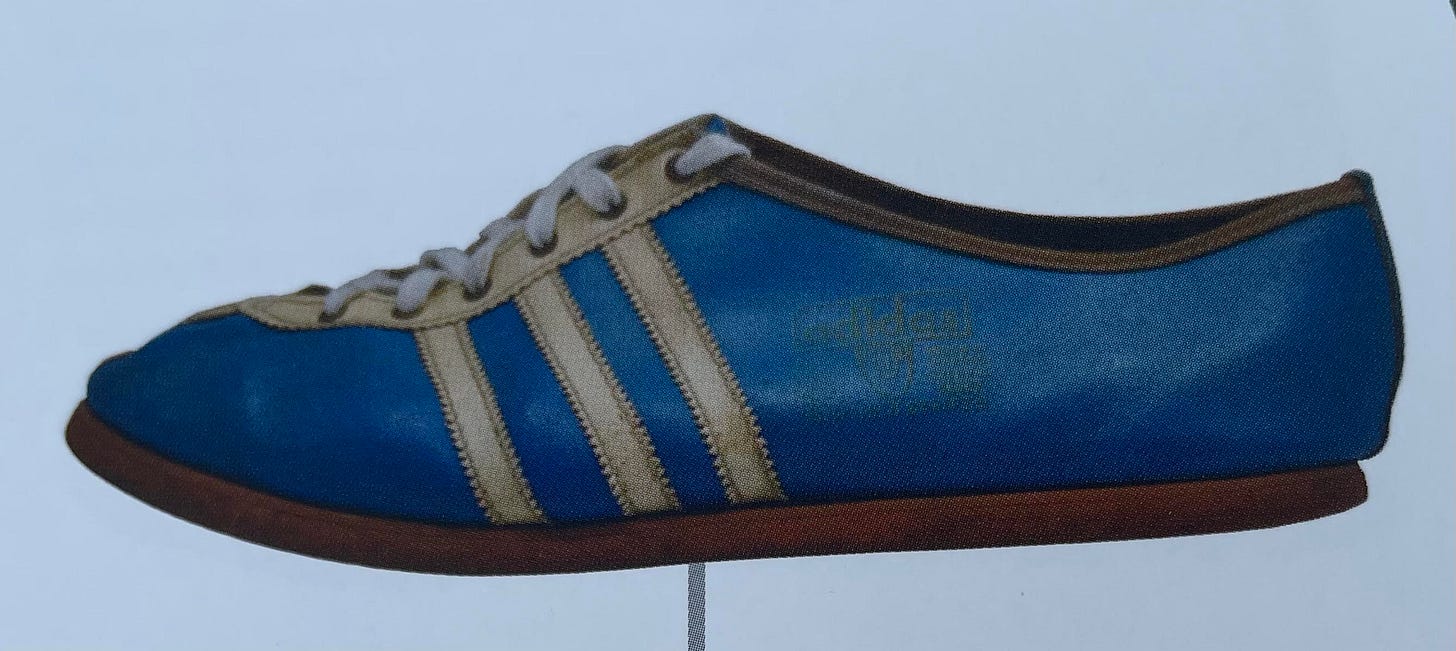The Dassler: Number 39- May 2025. adidas ZX200, the story of 1950's/60's adidas Training Shoes, Superstar 35th anniversary-Cities Series & all the new releases.
Welcome to The Dassler, Thirty-Eighth edition. Read on for enough three stripe goodness to satisfy the most obsessive adidas fanatic.
Welcome to our Fifth edition of The Dassler in 2025-number 39, the monthly magazine especially written for (and by) adidas lovers.
Thank you for continuing to subscribe to our little corner of adidas heaven.
Adi Dassler originally wanted to call his brand addas, but because it sounded too similar to Ada-Ada, another shoe brand from the era, he was unable to register the name.
Adi Dassler officially registered the name adidas for his company on August 18, 1949. The name adidas, a combination of his nickname "Adi" and the first three letters of his last name "Das(sler)," was officially registered in 1949.
adidas-always learning!
The Dassler usually comes out on the Third Saturday of each Month-to take your mind off spending all your money on adidas and give you something to do while waiting for the end of the months pay day!
In this edition in our ‘Retro shoe of the month’ we look at the ZX200 series. Woody retro reviews the Superstar 35th Anniverary release back in 2005-this time it’s the famed Cities Series, Craig shares another of his adidas adventures-this time his top ten adidas runners. We also have another adidas history lesson-this time we explore Adi Dassler’s first foray into training shoes and Craig again reviews the latest adidas releases.
A massive three-striped thank you for subscribing, it takes a lot of hours to research, write, source and edit The Dassler and your support is very much appreciated.
If this is your first visit then we’d highly recommend you run over to the very beginning (obvs wearing a pair of OG colourway adidas ZX600’s)to our earlier issues here.
This is a monthly newsletter, that will contain ultra rare deadstock trainers, new adidas releases & brand exclusive information from 3 stripe social media giant Craig (@adifamily_ *X & Insta*), adidas oddments & apparel reminiscences written by Woody (@dadidassler *X* & Insta) plus loads of articles from special guest writers and we have some absolute adidas legends as guest writers lined up!
Where Adi started-adidas training shoes. Pre-1960’s.
I'm looking at what is thought to be adidas' first ever product catalogue. There is no date on either the front or back cover. The introduction, written by the great man himself, is dated July 1949.
And then I find them! The Trainingschuh model and its variants. For collectors, for fans, for those who appreciate trainers today, this is where it started for adidas.
Typically, the shoes are made of hard-wearing cowhide for the uppers, with a rough rubber outsole of varying thickness dependent upon the model. The shoes are stitched together or strengthened at the heel, around the ankle, across the toe and down the side panel with additional leather often in a contrasting colour. The three leather strengthening riemen (straps) attached to the side of the shoe give them a distinctive look. However, some shoes in the catalogue have two straps, others a single thick strap, while some have none.
Adi is yet to realise the full potential of the famous '3 Stripes' logo.
From Past to Present-Neil Selvey-2019
adidas West German training shoe 1949
The first training shoes appeared in 1949. Just 4 training shoes were advertised in that first adidas catalogue. During this period, the number of support stripes was very different to the 3 stripes of today. Adi Dassler was experimenting and refining his designs for the athletes that wore his shoes, the support stripes were integral for stability. Of course, these were only made in West Germany and had the first adidas logo on the side.
adidas training shoes-pre 1950
The three-stripe model was released in the same year, 1949. It was made in West Germany, of course, but you will notice that the design was closer to that of adidas Italia featured in our history of Rom series. The colourway wasa light brown, with cream serrated stripes and heel support.
adidas Championship 1949.
These Training shoes were black with three thin stripes and were called adidas Chapionship . In this early adidas era, most shoes came in a black colourway.
adidas mainly produced football boots and they mostly had black studs. There were not many models produced that can be worn as trainers on a daily basis-still made only for proffessional athletes.
adidas Training shoes from the 1950s.
In 1950, a model with colour between the stripes was introduced. The same colour was used between the stripes on the heel stabiliser, creating the first three-colour adidas design.
1952 adidas Helsinki
In 1952, the first training shoes with a place name appeared. They were called Helsinki. These shoes were made for the 1952 Helsinki Winter Olympics. These were made in a royal blue and white colourway (national colours of Finland) and featured a rather chunky sole unit.
The Helsinki was the first Adidas model to be named after a city.
The name of the host city where the Olympic Games were held has been used a lot to name the model.
1952 adidas Leichtgummi (Light Rubber)
The LeichtGummi or Light Rubber was introduced in 1952. Probably named after it’s 9mm rubber sole used for easy grip. The black-based training shoes design continued to be used years later, they were later inherited by adidas Nippon and other models. They were advertised as an inexpensive model for outdoor and indoor use.
1958 adidas Trumpf (Trump-like stamp your foot down hard on the ground)
In 1958, the red-based adidas Trumpf was introduced. It was one of the most popular adidas training shoes of the 1950’s-60’s. Adi refined the design throughout it’s decade in use, reducing it’s weight and improving it’s comfort. It also appeared in several colourways-with a deep blue, an oxblood red and a brighter red being available. Rather than being a style choice, this was probably down to adidas not having supplies of particular colour dyed leathers.
1958 adidas Leichtgummi
This model is an improved version of the Light Rubber model from 1952. Produced with a slimmer ivory coloured sole.
The design may look familiar, as the name of this shoe was changed to Nippon in 1960.
1958 adidas ROM
In 1958, the long-running adidas Rom (Rome) model was first introduced. The white/blue colour scheme began from this era.
1959 adidas Antelope
In 1959, the adidas Antelope was introduced for the first time. It was the original tricolor design shoe. Used for the hard surfaces of the american runners and was an early example of Adi Dassler catering for the professional athlete outside of Europe. The uppers were made of elk leather and was a very versatile training shoe, made for track or cross country, indoor or outside.
1959 adidas Perfekt (Perfect)
In 1959, the adidas Perfekt was released. This model followed the design cues of the Light Rubber, that was even lighter than its predessor. The insole was made of cork and a simple cross pattern was imprinted onto the outsole tread. This model had brass eyelets, a feature that was removed by most models by 1962, mostly down to cheaper alternatives.
1959 adidas Rekord (Record)
Like the adidas Perfekt before it the Rekord was an extremely popular training shoe. It went through many changes throughout the years to keep it contemporary but like the adidas Perfekt, still kept its affordablility.
The lowest priced training shoe in the adidas collection upon its release. This version has a logo stamped on the side of the shoe which was only used on exported models. The cotton tag stitched inside the tongue reveals that it was distributed in the UK by 'Stewart Surridge & Co Ltd, London, S.E.l'. A year later Umbro would become the official distributors of adidas in the UK.
From Past to Present-Neil Selvey 2019
The 1960’s and 1970’s ushered in a new era for Adi Dassler and the brand with the three stripes. Giving his shoes away to athletes was increasingly having an effect, his shoes were breaking records and winning medals in most major championships in many sports.
This was being noticed. It would only take a blink of an eye for people to start wearing training shoes for fashion than sport.
adidas for everyday wear was upon us!
Keep reading with a 7-day free trial
Subscribe to The Dassler to keep reading this post and get 7 days of free access to the full post archives.


